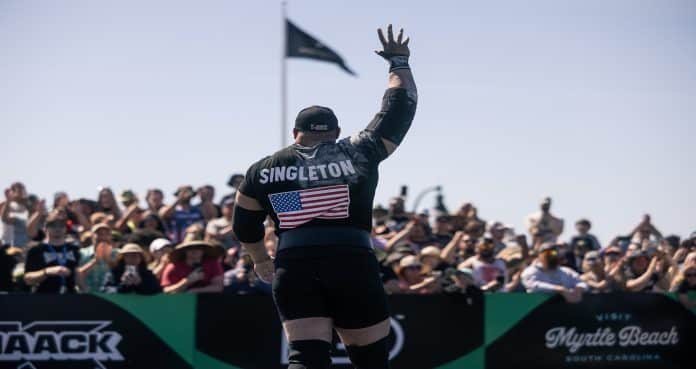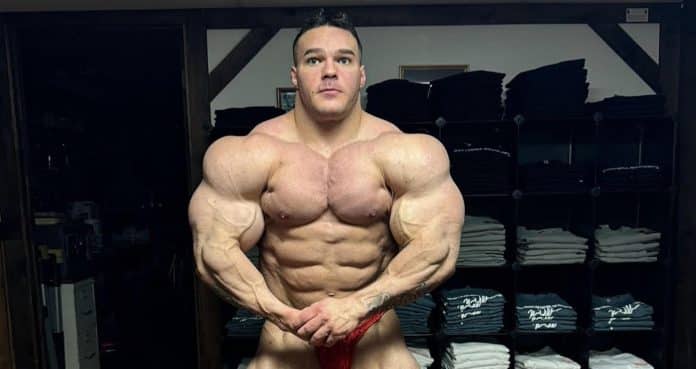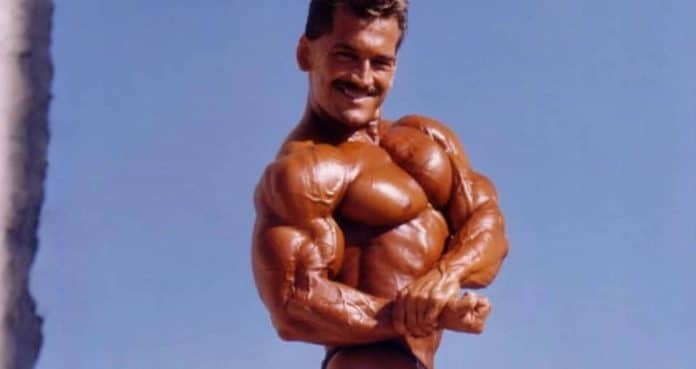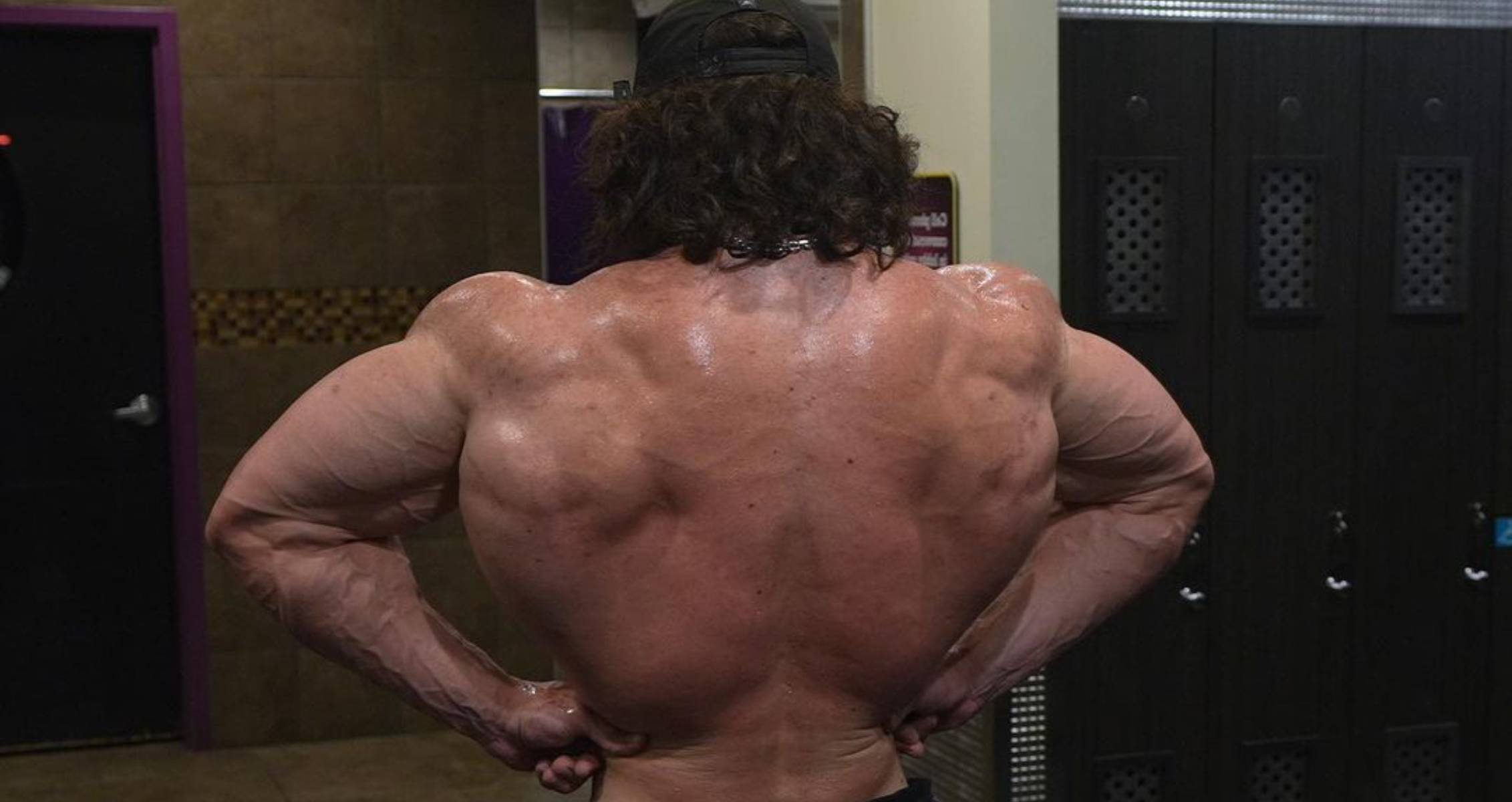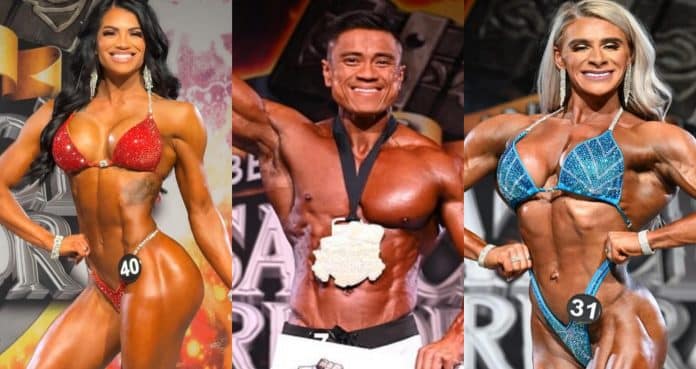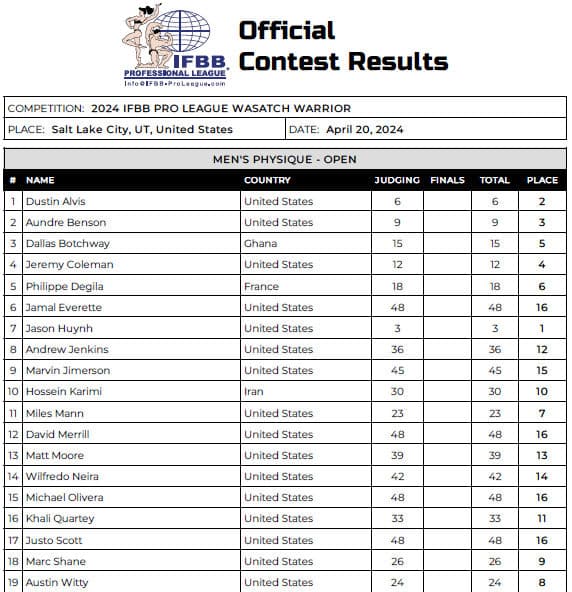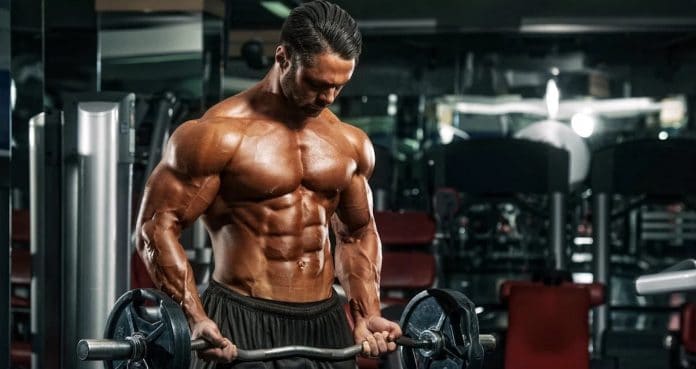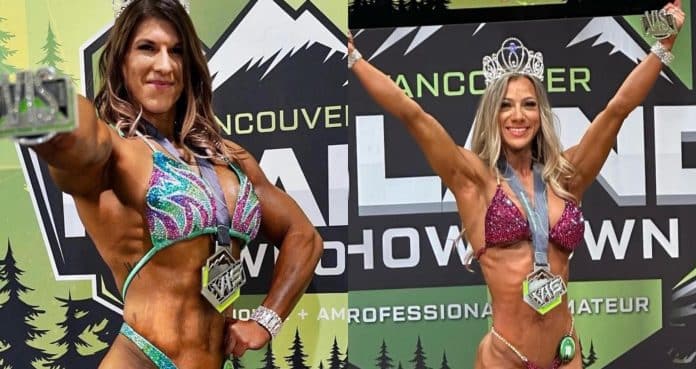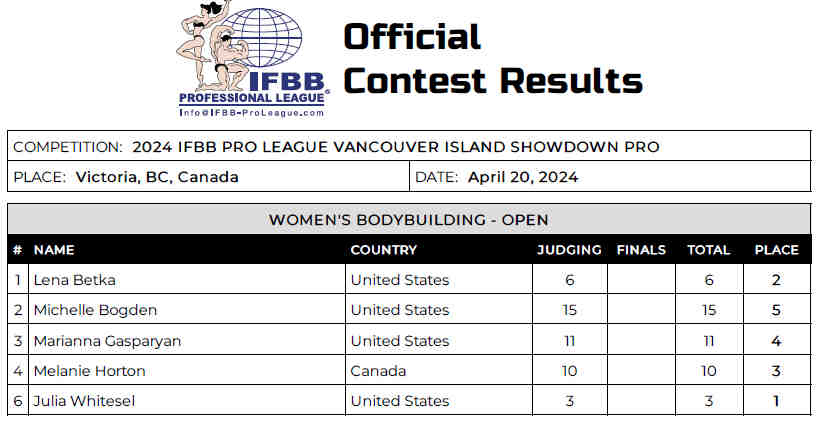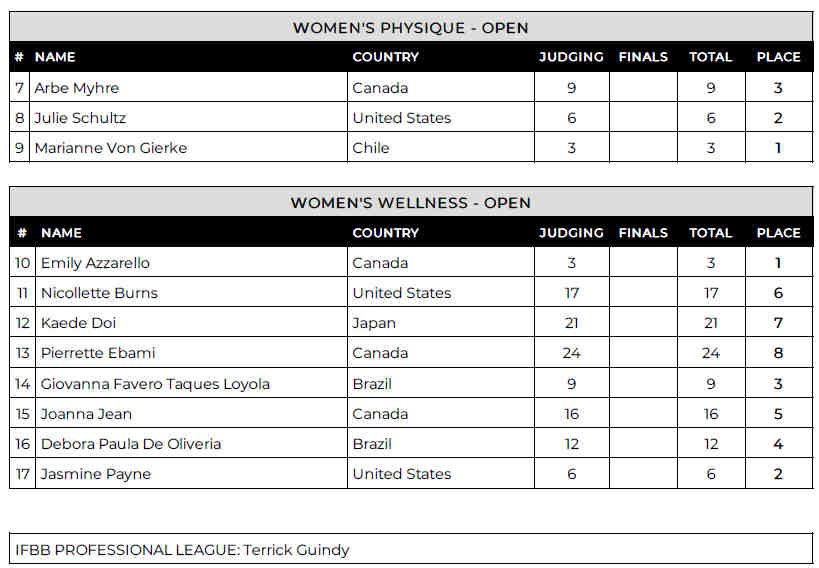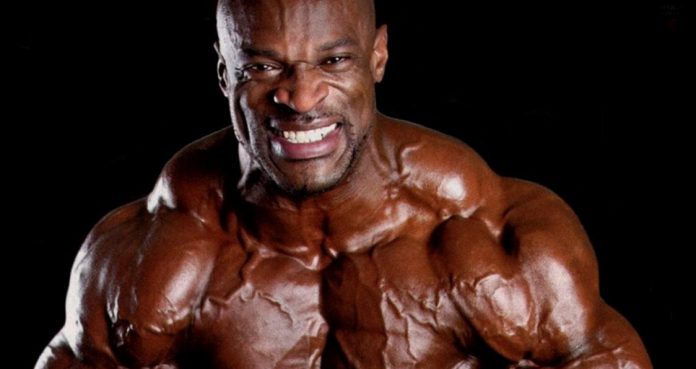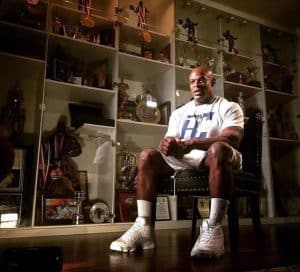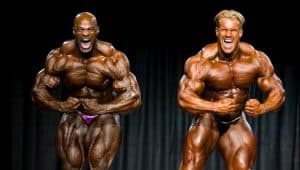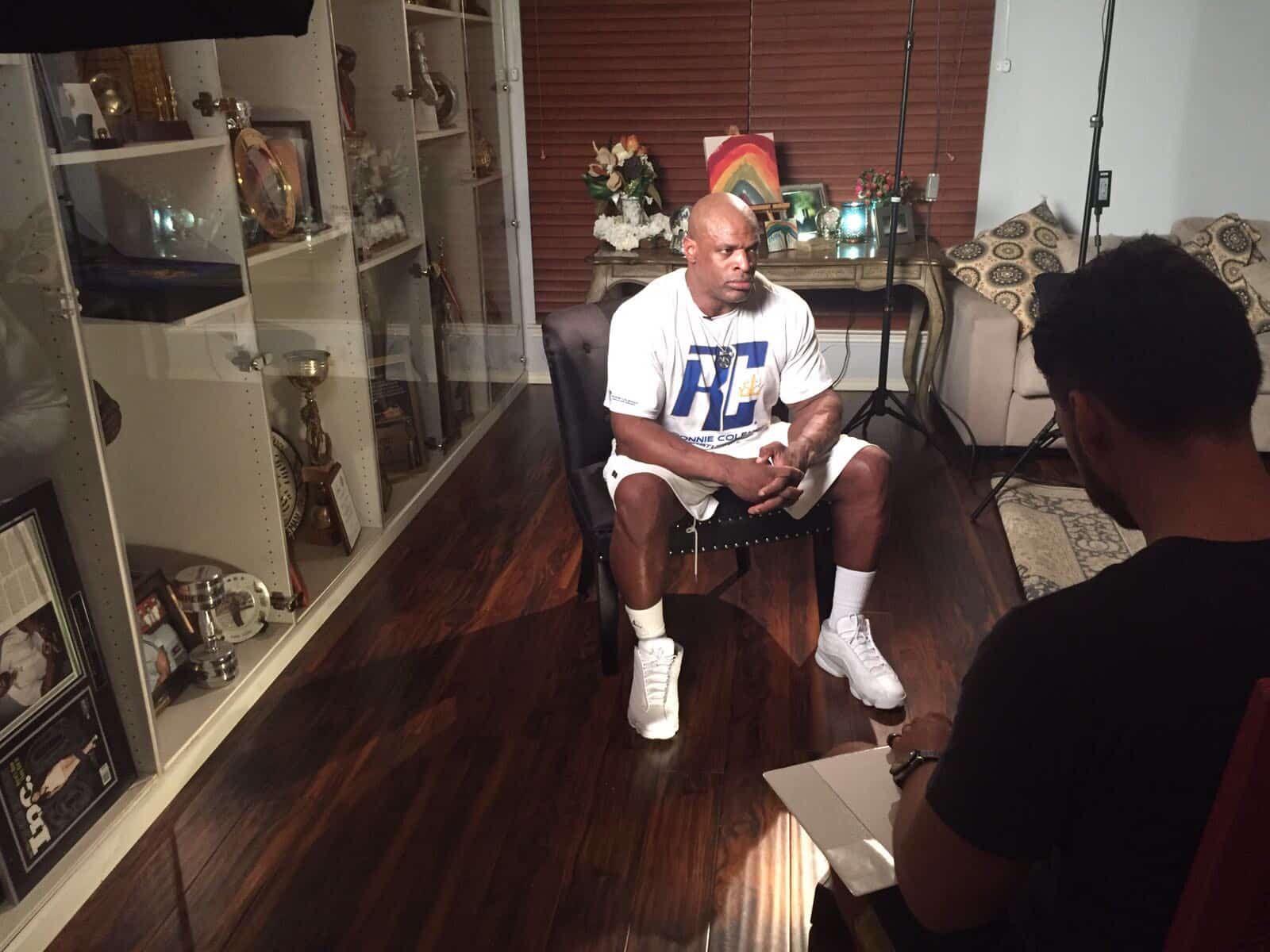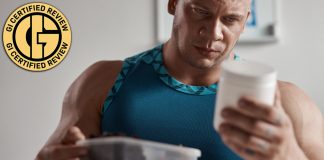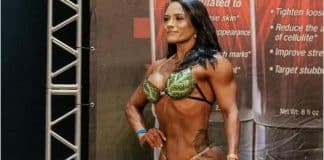Victor Martinez weighs in on optimal body fat percentage in bodybuilding, Ronnie Coleman’s claims, and more
The Generation Iron Podcast, hosted by Victor Martinez, Ehsan Farahi, Edwin Mejia Jr., and Vlad Yudin, tackled a fan question that’s often asked in the fitness world: what is the ideal body fat percentage, and is maintaining 3-6% year-round a realistic goal? They also touch upon weight loss tactics and whether or not spot reducing fat is physically possible.
With the era of social media upon us, we see way more shredded physiques on a daily basis than we ever used to as a society. This is especially true for those who are fans of the fitness and bodybuilding world. What we used to have wait for in magazines every month now litters our Instagram feeds every single day.
This also creates the implication that bodybuilders and fitness icons are shredded 24/7 every single day of the year. It is one thing to be at a trim and healthy weight. It’s another to be bone-shredded 365 days a year.
That’s why Victor Martinez and the GI crew dedicated an entire episode to talk about body fat percentage, weight loss tactics, and the truth behind how to look shredded and how often. Let’s dive into it.
View this post on Instagram
Understanding Ideal Body Fat Percentage
The conversation kicked off with a discussion about the often-coveted body fat percentage range of 3-6%. Victor Martinez, a seasoned bodybuilder and Mr. Olympia competitor, emphasized that while achieving such low body fat is attainable for a short duration, it’s not sustainable or healthy to maintain throughout the entire year. He suggested that a more realistic and healthier goal would be around 10% body fat.
Ehsan Farahi chimed in, highlighting the extreme nature of 3-6% body fat and its unsuitability as a norm. He stressed that even for competitors, maintaining that level of leanness perpetually is unrealistic and not conducive to overall well-being.
The hosts unanimously agreed that aspiring for a constant 3-6% body fat is neither advisable nor feasible, especially for long-term health.
Body fat percentage is usually calculated by dividing the total weight of your body fat by your total body weight and expressing the result as a percentage. It provides insights into the amount of fat you’re carrying compared to lean body mass, which includes muscles, bones, organs, and other non-fat components.
For example, if you weigh 150 pounds and your body fat weighs 20 pounds, your body fat percentage would be calculated as follows:
(20 pounds / 150 pounds) x 100 = 13.33%
Different ranges of body fat percentage are associated with various health and fitness categories. Here are some general categories:
- Essential Fat: This is the minimum amount of fat needed for basic physiological functions and is essential for overall health. For men, essential fat typically ranges from around 2-5%, while for women, it’s around 10-13%.
- Athletes: Athletes tend to have lower body fat percentages due to their high levels of physical activity and muscle mass. Male athletes might have body fat percentages ranging from 6-13%, while female athletes might fall within the range of 14-20%.
- Fitness: Individuals who are actively engaged in regular exercise but are not professional athletes usually fall within this range. Men might have body fat percentages of 14-17%, while women might have 21-24%.
- Average: This range includes the average population and might include those who are moderately active. Men may have 18-24% body fat, and women may have 25-31%.
- Obese: Individuals with body fat percentages that exceed the average range are considered obese. For men, this might mean having over 25% body fat, and for women, it could mean having over 32%.
It’s important to note that body fat percentage is just one of many metrics used to assess health and fitness. It’s often considered alongside other factors like BMI (Body Mass Index), waist circumference, and overall lifestyle habits.
Peaks and Cycles in Body Composition
Victor Martinez emphasized the importance of cycles and peaks in a bodybuilder’s journey. He pointed out that competitors shouldn’t aim to be in peak condition year-round but rather build towards their competition days. This involves strategic periods of intense training and controlled nutrition. This is why most pro bodybuilders follow a bulking and cutting schedule each season.
Social media has created the illusion that athletes and fitness icons are shredded all year. But in truth, we all have days where we look heavier and carry more water weight on our bodies. To deny ourselves fluctuation in body fat is unhealthy – and the standards shred that we see in magazines and online should not be the norm.
Even models maintain a healthy level of body fat percentage – then plan to dehydrate temporarily before a photo or video shoot.
View this post on Instagram
Ronnie Coleman’s Remarkable (And Impossible) Body Fat Claim
The podcast delved into a statement by legendary bodybuilder Ronnie Coleman, who claimed to have achieved a mind-boggling 0.33% body fat during his prime. While many questioned the validity of this assertion, Victor Martinez and Ehsan Farahi offered differing perspectives.
Victor expressed his belief in Ronnie’s integrity and noted that misconceptions or misinterpretations might have contributed to the seemingly impossible claim. Ehsan acknowledged Ronnie’s exceptional status in the bodybuilding world and suggested that while 0.33% might be an exaggeration, a very low body fat percentage, such as 3%, could be closer to the truth.
While Ronnie Coleman did emphasize that his body fat was less than 1%. He likely was unaware of the “standard” body fat percentage in healthy athletes. Either misremembering or being told incorrectly likely led to Ronnie making a statement that by all accounts is physically impossible.
The Future of Mr. Olympia and Diversity
The hosts tackled the topic of whether we’ll witness another white Mr. Olympia champion in the future. The last Caucasian Mr. Olympia champion was Jay Cutler. This was over 10 years ago in 2010.
Victor Martinez offered his insights, indicating that the dominance of international athletes from the Middle East, like Big Ramy and Hadi Choopan, might make it unlikely for a white champion to emerge anytime soon. He believed that while trends can change, it will take time for a new generation of athletes to rise and challenge the current hierarchy.
Notably, Victor didn’t mention emerging talents like Derek Lunsford and Nick Walker, who are believed by many to have the potential to claim the Mr. Olympia title in the future. Derek Lunsford placed second at the Mr. Olympia just last year. Many hope to see him unseat the champion. Only time will tell how this all shakes out.
Debunking Spot Reduction and Sculpting Products
The podcast also addressed the myth of spot reduction – the idea that one can target fat loss from specific areas of the body. Victor Martinez debunked this notion, emphasizing that a combination of proper diet and training is essential for weight loss and sculpting. He highlighted that neglecting one aspect, whether diet or exercise, will hinder desired results.
The discussion touched upon the trend of using body sculpting products that claim to “freeze off” fat cells. Ehsan Farahi cautioned against mistaking these treatments for real fat loss, explaining that they often target skin rather than fat tissue. Victor Martinez added that such products can complement serious diet and training efforts but shouldn’t replace them.
Wrap Up
The Generation Iron Podcast provided insightful perspectives on body fat percentage, debunking myths and shedding light on the realistic goals that individuals should strive for in their fitness journeys. Remember, while achieving extremely low body fat might be a fleeting achievement, prioritizing overall health and sustainability remains the key.
You can watch the full episode of the Generation Iron Podcast above. Don’t forget to check back every Tuesday for new episodes only on the Generation Iron Fitness Network or wherever podcasts are downloaded.


